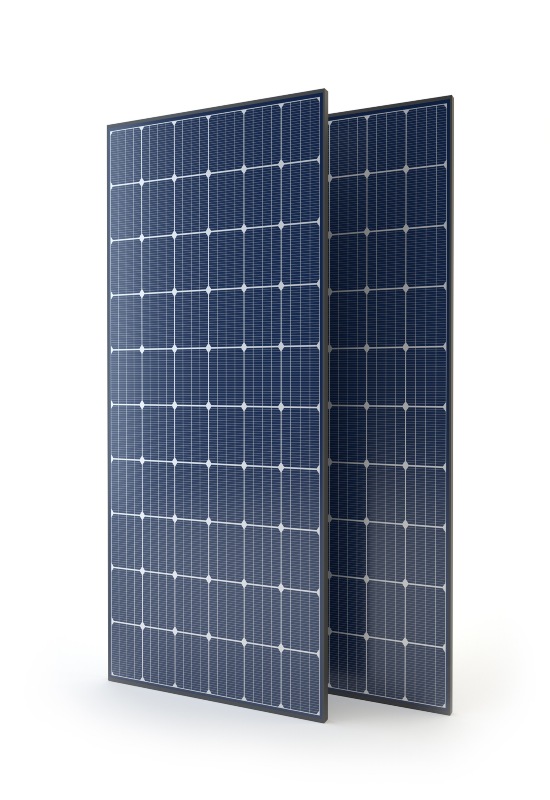Over 29 Years Serving Central Florida
How Do Solar Cells Work?
July 21, 2015Solar cells, also called photovoltaic (PV) cells, are devices that convert sunlight into electricity. They are used in the manufacturing of solar panels and other solar collector systems. In order to better understand how solar electricity is generated, it’s important to understand what a solar cell is and how it works. Keep reading to learn everything you need to know about how solar cells work in Ocala, FL.

What Are Solar Cells?
Solar cells are made up of semiconductor materials like silicon. Each cell absorbs photons from sunlight. This process frees electrons and creates an electric current. Solar panels and solar collectors are made up of multiple solar cells. These can absorb enough solar energy to power an entire home or business. Understanding how solar cells work may help you better understand how solar electricity works.
How Are Solar Cells Made?
To understand how solar cells work, it’s important to know what solar cells are made of. They are primarily made from purified silicon that is processed into n-type and p-type semiconductor wafers that are layered to form a photovoltaic junction. Here is a closer look at how solar cells are made:
- Purification of Silicon – The first step to create a solar cell is to heat quartz sand to extreme temperatures. This allows the manufacturer to extract and purify the silicon.
- Formation of Ingots – The purified silicon is melted and formed into cylindrical ingots.
- Production of Wafers – The ingots are sliced into thin wafers that are rectangular or round in shape.
- Processing of Wafers – The wafers are treated at the surface level to remove impurities. From there, an anti-reflective coating is applied. This layer enhances light absorption from the sun.
- Creation of the P-N Junction – Each cell is doped with phosphorus, which creates a negatively charged n-type layer, or with boron, which creates a positively charged p-type layer. Each layer is necessary to create the photovoltaic effect.
- Attachment of Electrical Contacts – Metal conductors are printed onto the surface of the wafers in a grid pattern. These help collect the solar energy that is absorbed.
Assembly Into Solar Panels or Collectors – The wafers are assembled into a pattern and soldered to form a solar panel. An anti-reflective sheet of glass is installed on top. This protects the layers and increases light absorption. A plastic or metal sheet is also installed on the back, and an ethylene vinyl acetate layer is applied to bond the cells and create a weatherproof panel. The final step is the fitting of an aluminum frame around the panel for structural integrity and installation purposes.
How Does a Solar Cell Produce Electricity?
A solar cell produces solar electricity through the photovoltaic effect. Photons from the sunlight strike the silicon material of the cell and dislodge electrons. This creates a flow of electrons, or an electric current. This flow is captured by the conductive contacts on the cell. The solar inverter then transforms this electric flow into an alternating current (AC), which can be used to power homes and buildings.
Understanding Different Types of Solar Cells
There are three primary types of solar cells: silicon-based monocrystalline and polycrystalline cells, and thin-film cells. The most commonly used solar cells for solar panels are silicon-based cells:
- Monocrystalline Solar Cells – These cells are formed from a single, pure silicon crystal. They are high-efficiency, but more expensive to manufacture. They have a sleek, dark black appearance.
- Polycrystalline Solar Cells – These cells are made from multiple fragments of silicon that are melted and bonded together. They are simpler and less expensive to manufacture, so they are more affordable; however, they are less efficient. They look blue and speckled.
- Thin-film Solar Cells – Thin-film solar cells are manufactured from thin layers of amorphous silicon, cadmium telluride, or copper indium gallium selenide that is applied onto a substrate. They are more flexible and may be easier to install.
Factors That Influence the Efficiency of Solar Cells
The efficiency, and thus the amount of solar energy a cell can absorb, is influenced by both internal and environmental factors. The most common factors are the cell material, temperature, sunlight, shade, installation, and maintenance. Here is a closer look at the factors that impact the efficiency of your solar panels:
- Cell Materials and Technology – The purity of the semiconductor material that is used in the manufacturing process will play a huge role in the cells’ ability to move electrons and generate an electrical current. Anti-reflective coating can also affect the cells’ ability to absorb solar energy. Some of the incoming light might reflect off the surface of each cell rather than being absorbed. Each cell can only convert certain wavelengths of light into electricity, so if photons have too little or too much energy, they may be lost as heat or not properly absorbed by the cell.
- Environmental Factors – Solar panels installed in high temperatures may have a lower cell voltage and power output. Higher intensity or direct sunlight can increase energy absorption, while cloudy days or indirect sunlight can decrease the absorption. Anything that blocks the cells’ exposure to sunlight can also affect their efficiency, such as shade structures, buildings, and trees.
- Installation – How and where the panels are installed affects the cells’ ability to absorb light and generate electricity. The orientation and tilt of the panel may cause the cells to not get direct sunlight. The efficiency or performance of the solar inverter can also affect the overall output of solar energy.
- Maintenance – Dust, dirt, and debris on the cells can also block sunlight. Panels should be cleaned regularly for optimal performance.
Set Up a Consultation for Solar Panel Installation
At Solar Lights & More, we have been providing North Central Florida with reliable solar power solutions since 1996. We have a team of solar specialists who can help you determine what solar products and services are right for your home or business. We offer solar panel installation and removal, solar pool heaters, solar module installation, solar battery backups, solar lights, solar inverter services, and solar ventilation systems. Call us now or contact us online to request an estimate for solar panel installation in Ocala, FL.
